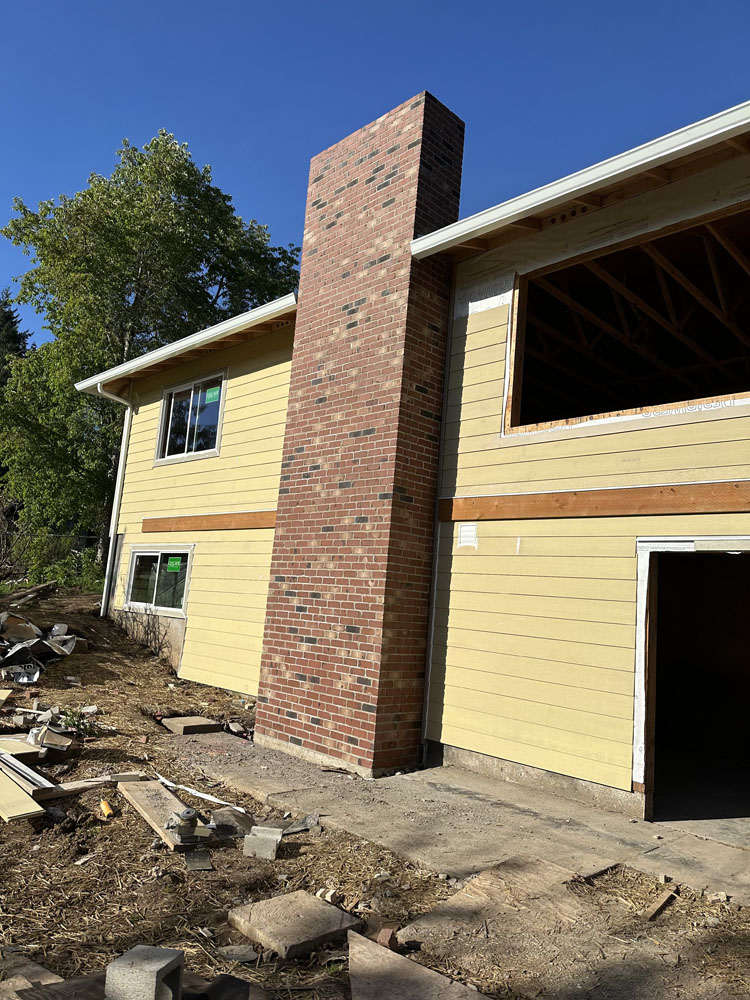Introduction
Maintaining the beauty and integrity of brick and stone structures is essential for any homeowner or property manager. These materials are not just stylish; they also provide durability and longevity when properly cared for. In this article, we'll dive deep into Masonry Maintenance Tips to Keep Your Brick and Stone Structures Pristine. By the end of our journey, you’ll be equipped with valuable knowledge that will help you maintain your masonry work for years to come. Whether you're dealing with a charming old brick home or a modern stone facade, these tips will keep your structures looking their best!
Masonry Maintenance Tips to Keep Your Brick and Stone Structures Pristine
When it comes to caring for brick and stone, a proactive approach can save you time, money, and stress in the long run. Let's explore some essential maintenance tips.
Understanding Your Masonry Structure
Before diving into maintenance tips, it's vital to understand what you're working with. Masonry structures can include:
- Brick Walls Stone Foundations Chimneys Patios Walkways
Each type has unique characteristics requiring specific care.
Regular Inspections: The Key to Longevity
One of the first steps in masonry maintenance is conducting regular inspections.
What Should You Look For?
- Cracks in the mortar or bricks Signs of water damage Efflorescence (white powdery substance) Loose bricks or stones
Tip: Make it a habit to inspect your masonry at least twice a year.
Cleaning Your Masonry: Best Practices
Cleaning is crucial to maintaining the aesthetic appeal of your brick or stone structures.
How Often Should You Clean?
Generally speaking, aim for an annual clean-up. However, high pollution areas might require more frequent cleaning.
Best Cleaning Methods
Pressure Washing- Ideal for tough stains but use caution; too much pressure can damage soft bricks.
- Use specialized masonry cleaners that won't harm the materials.
- A good option for delicate surfaces.
The Importance of Sealing Masonry Surfaces
Sealing can protect your masonry from moisture penetration and staining.
When Should You Seal?
After cleaning and allowing surfaces to dry completely, consider sealing every few years depending on exposure conditions.
Choosing the Right Sealant
Look for breathable sealants that allow moisture vapor to escape while preventing liquid ingress.
Repairing Damaged Mortar Joints: A DIY Guide
If you notice cracked mortar joints, repairing them promptly can prevent further damage.
Materials Needed for Repair:
- Mortar mix Trowel Pointing tool
Steps to Repair:
Remove damaged mortar using a chisel. Mix new mortar according to manufacturer's instructions. Apply with a trowel and smooth out with a pointing tool.Addressing Water Damage: Prevention is Key!
Water infiltration can wreak havoc on masonry structures if not addressed quickly.
Common Signs of Water Damage
- Discoloration on walls Mold growth Crumbling bricks
Installing Proper Drainage Systems Around Masonry Structures
Effective drainage systems are vital in keeping water away from your masonry surfaces.
Key Components of a Good Drainage System
Gutters Downspouts French drainsWinterizing Your Masonry: Don’t Get Left Out in the Cold!
Cold weather poses unique challenges for masonry maintenance.
Preparing for Winter Weather:
Inspect all surfaces before winter sets in. Apply sealants as needed. Ensure gutters are clear of debris.FAQs About Masonry Maintenance
1. What Is the Best Way to Clean Brick?
To clean brick effectively, use a pressure washer or specialized chemical cleaners designed specifically for masonry materials while being cautious about water pressure levels.
2. How Often Should I Seal My Masonry?
Typically, sealing should be done every 3–5 years depending on environmental conditions and wear from elements like rain or snow.

3. What Are Common Signs That My Masonry Needs Repair?
Look out for cracked mortar joints, discoloration on walls indicating water damage, loose bricks or stones, and efflorescence buildup on surfaces.
4. Can I Perform Repairs Myself?
Yes! Minor repairs like re-pointing mortar joints can often be handled by homeowners who have basic DIY skills; however, larger repairs may require professional assistance from a qualified masonry contractor.
5. Is Pressure Washing Safe for All Types of Brick?
Not necessarily; soft-brick types may become damaged under high pressure settings—always check manufacturer recommendations before proceeding with pressure washing methods!
6. How Can I Prevent Water Damage in My Masonry?
Installing proper drainage systems around your property is key, alongside regular inspections that catch issues early before they escalate into bigger problems!
Conclusion
In conclusion, maintaining brick and stone structures involves a blend of regular inspections, cleaning techniques, timely repairs, and proper sealing practices—all aimed at preserving their beauty over time! By following these Masonry Maintenance Tips to Keep Your Brick and Stone Structures Pristine, you'll not only enhance curb appeal but also extend the life of your investment significantly!

Don’t hesitate to consult with a professional masonry contractor whenever unsure about repair procedures or structural concerns; their expertise can save you lots of mason near me headaches down the road! So roll up those sleeves—your pristine bricks await!

This article serves as both a guide and an encouragement—embrace these maintenance tips as part of your routine care plan! Happy maintaining!